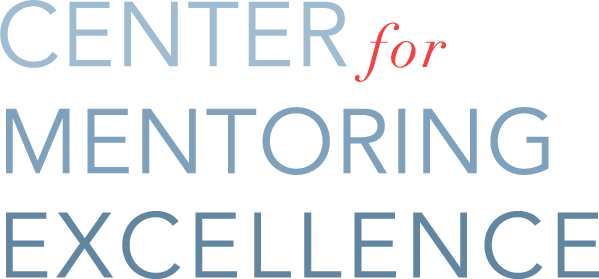 Many organizations incorporate 360-degree feedback assessment into leadership development programs. This form of feedback is designed to provide information to leaders about their leadership from multiple perspectives (supervisors, peers, direct reports, customers and others) and in a variety of areas. It is especially helpful in uncovering gaps between how the leaders sees themselves versus how others observe them in action.
Many organizations incorporate 360-degree feedback assessment into leadership development programs. This form of feedback is designed to provide information to leaders about their leadership from multiple perspectives (supervisors, peers, direct reports, customers and others) and in a variety of areas. It is especially helpful in uncovering gaps between how the leaders sees themselves versus how others observe them in action.
Most of us judge ourselves by our own good intention. Others judge us by the behaviors they observe. They interpret these behaviors, and in some cases, assume another (often negative) intention altogether. This is where relationship and trust break down. The 360 helps unpack the disconnect and provides a fresh opportunity to turn things around.
It is very hard for an individual to view 360-feedback objectively. It is easy to get distracted and focus more on who said what – even when data is anonymous and reported in the aggregate. Some get sidetracked explaining why certain data was skewed in a negative direction.
The 360 should be used to validate a leader’s strengths and ensure they are being leveraged successfully. It should provide insights about areas where they are opportunities to try different strategies. This doesn’t always happen.
A coach can provide objective interpretation. 
A coach might see trends that are not clear to the candidate.
A coach can make sure the focus is in the future not a review of the past.
A coach can recommend effective behaviors and strategies.
A coach can ensure the candidate is addressing priorities, not the low hanging fruit.
Even without a 360 instrument, a coach can ask questions that help someone sort out challenges and successes and where effort needs to be placed. A good coach will hold a client accountable for agreed-upon actions so that the leader achieves tangible results.


